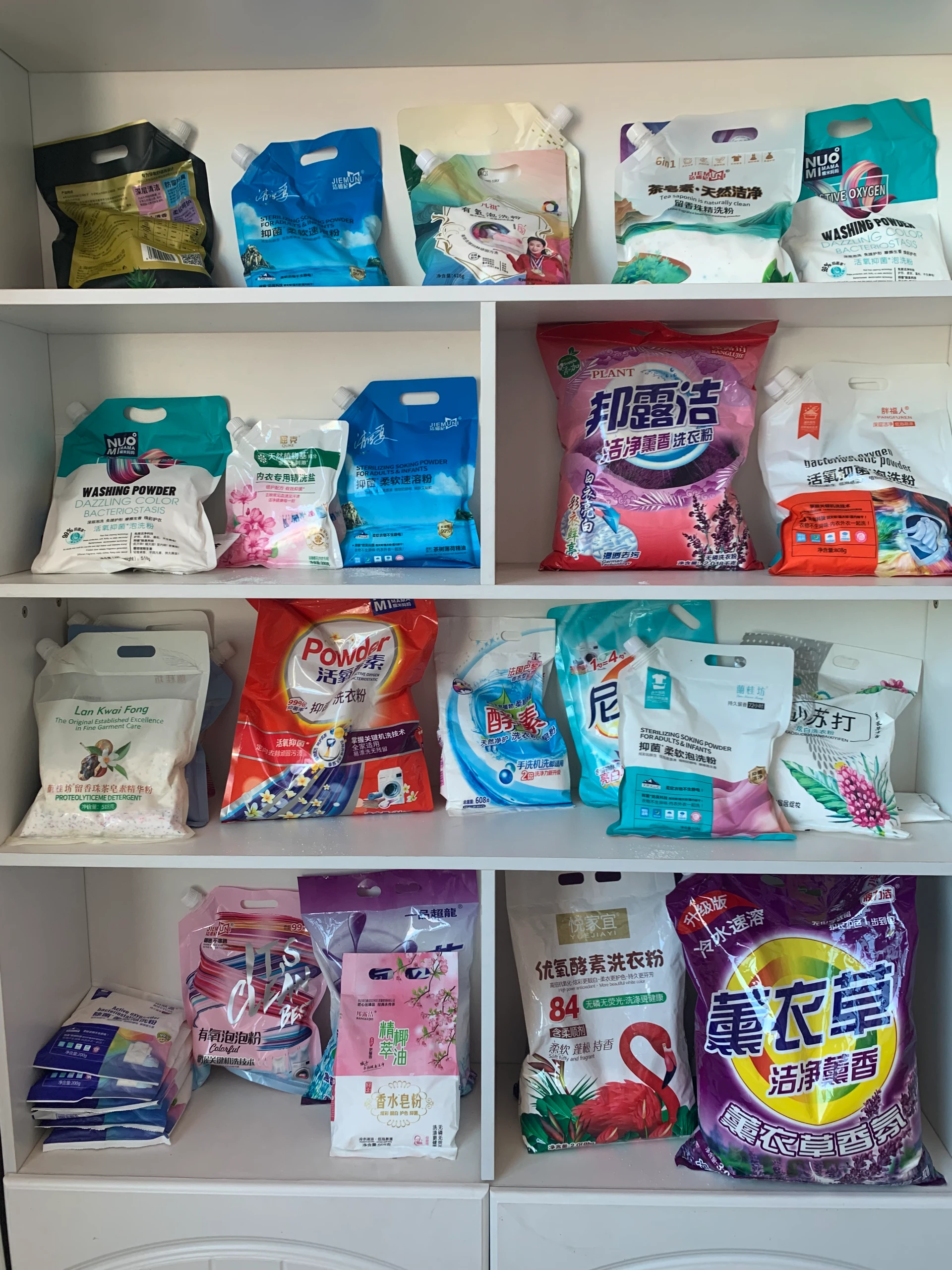



disinfectant used for water purification is
The Role of Disinfectants in Water Purification
Water purification is essential for ensuring that the water we consume is safe and free from harmful pathogens. One of the primary methods used for purifying water is disinfection, which involves the use of various disinfectants to eliminate microorganisms that can cause diseases. Among the diverse range of disinfectants available, chlorine, chloramine, ozone, and ultraviolet (UV) light are some of the most commonly utilized.
Chlorine The Traditional Approach
Chlorine has long been the gold standard in water disinfection. It is an effective disinfectant that destroys bacteria, viruses, and other pathogens. Chlorine works by penetrating the cell walls of microorganisms and disrupting their metabolic processes, ultimately leading to their death. Its advantages include a broad-spectrum efficacy and a residual effect, meaning that it continues to disinfect even after the initial treatment. This residual property helps to protect water as it travels through pipelines to consumers.
However, the use of chlorine is not without its challenges. While it is effective against many pathogens, some resistant microorganisms, such as certain protozoa, may survive chlorination. Additionally, the formation of disinfection byproducts (DBPs), particularly trihalomethanes (THMs) when chlorine reacts with organic matter in water, has raised health concerns among regulatory agencies.
Chloramine A Safer Alternative
Chloramine, a compound of chlorine and ammonia, has emerged as a viable alternative to free chlorine in some water treatment plants. It provides a longer-lasting residual effect and is less likely to form harmful byproducts compared to chlorine. This makes chloramine particularly appealing for water systems that need to maintain water quality over long distances. However, its use is not universal, as chloramine can be less effective against certain pathogens and can pose challenges for certain populations, such as those relying on dialysis.
disinfectant used for water purification is

Ozone A Powerful Oxidant
Ozone is another powerful disinfectant that is gaining popularity in water treatment applications. As a strong oxidizing agent, ozone can effectively inactivate a wide range of microorganisms, including viruses and bacteria. One of the key benefits of ozone is that it decomposes into oxygen shortly after treatment, leaving no harmful residuals, eliminating issues associated with DBPs. Despite its advantages, ozone has limitations, mainly its inability to provide a residual effect in the distribution system, meaning that it must be used primarily at the point of treatment.
Ultraviolet (UV) Light A Chemical-Free Option
Ultraviolet (UV) light disinfection is a chemical-free method that effectively inactivates bacteria, viruses, and protozoa by damaging their nucleic acids. UV treatment is increasingly favored for its eco-friendly nature, as it does not introduce any chemicals into the water supply. This method is exceptionally effective against pathogens like Cryptosporidium and Giardia, which are resistant to chlorine treatment. However, similar to ozone, UV treatment does not provide a residual disinfecting effect, which requires additional methods to ensure ongoing water quality during distribution.
Conclusion
In conclusion, the choice of disinfectant for water purification depends on various factors, including the type of contaminants present, the desired residual effect, and the specific requirements of the water distribution system. Each disinfectant offers unique advantages and challenges, so water treatment facilities often employ a combination of methods to ensure comprehensive pathogen removal and water safety. As we continue to seek innovative approaches to water purification, understanding and optimizing the use of disinfectants remain critical for public health and environmental sustainability.
-
Why Sodium Persulfate Is Everywhere NowNewsJul.07,2025
-
Why Polyacrylamide Is in High DemandNewsJul.07,2025
-
Understanding Paint Chemicals and Their ApplicationsNewsJul.07,2025
-
Smart Use Of Mining ChemicalsNewsJul.07,2025
-
Practical Uses of Potassium MonopersulfateNewsJul.07,2025
-
Agrochemicals In Real FarmingNewsJul.07,2025
-
Sodium Chlorite Hot UsesNewsJul.01,2025










